 |
|
||||||
|
 |
|||||||||
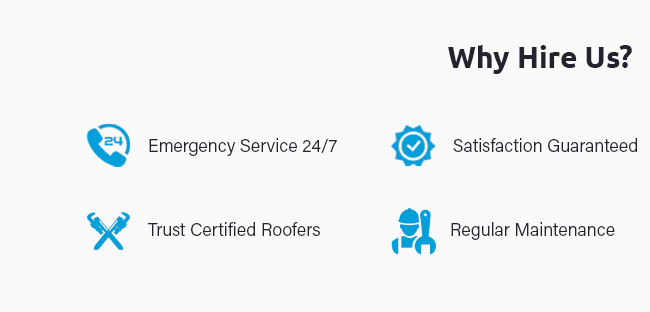 |
 |
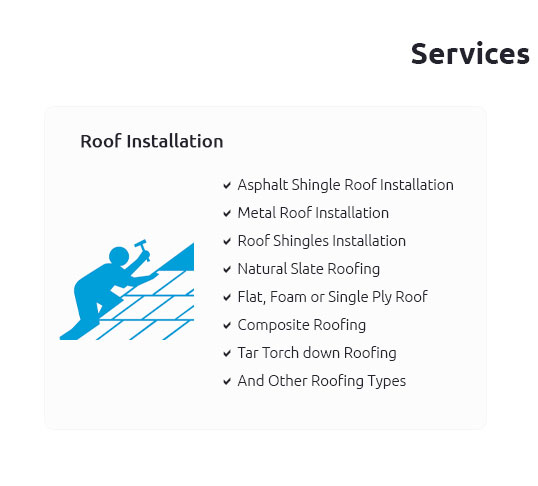 |
 |
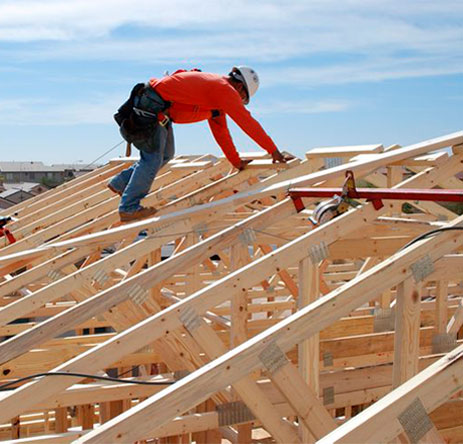 |
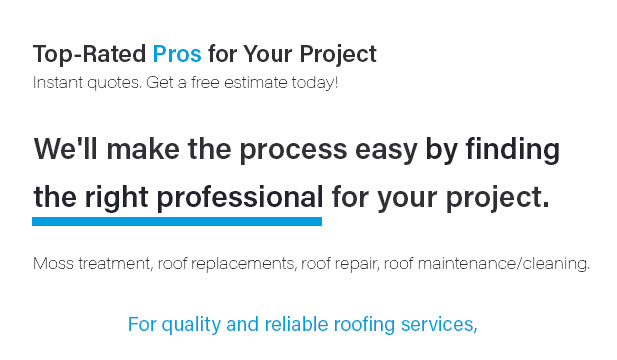 |
 |
 |
 |
|
|
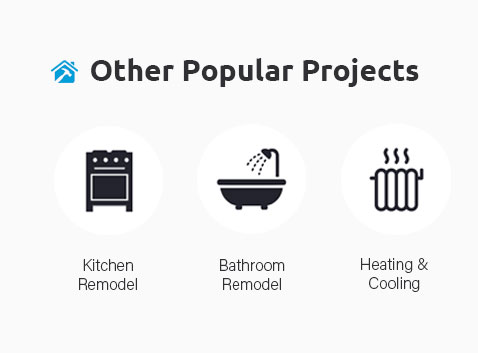 |
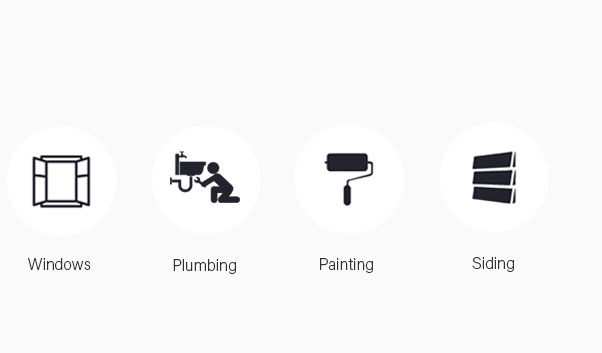 |
 |
 |
|
rlmfrz6azw Our roofing experts specialize in repair roof drip edge flashing to prevent leaks and water damage. Ensuring proper repair roof drip edge flashing can significantly extend the lifespan of your roofing system. We offer comprehensive repair roof drip edge flashing services for all types of roofing materials. Trust our skilled technicians for efficient and reliable repair roof drip edge flashing solutions. Protect your home with our professional repair roof drip edge flashing techniques designed for long-lasting results.
https://www.youtube.com/watch?v=x2__cmujJWY
HOW TO INSTALL GUTTER APRON AND D-EDGE - Replacing Soffit And Fascia On Huge House | THE HANDYMAN | - Installing Drip Edge On Your Roof! - How to ... https://www.reddit.com/r/Roofing/comments/1cyd776/how_to_fix_this_drip_edge/
Slip it behind the drip edge and down into the gutter. Secure with washer screws. Do the lower level first and run it 6 past the transition. https://coolroofs.co/the-step-by-step-guide-for-a-roof-drip-edge-repair-or-replacement/
The cost to replace drip edge flashing generally ranges from $1 to $2 per linear foot. Labor costs may add an additional amount, depending on ...
|







